Keynote Speakers
Colin Bain
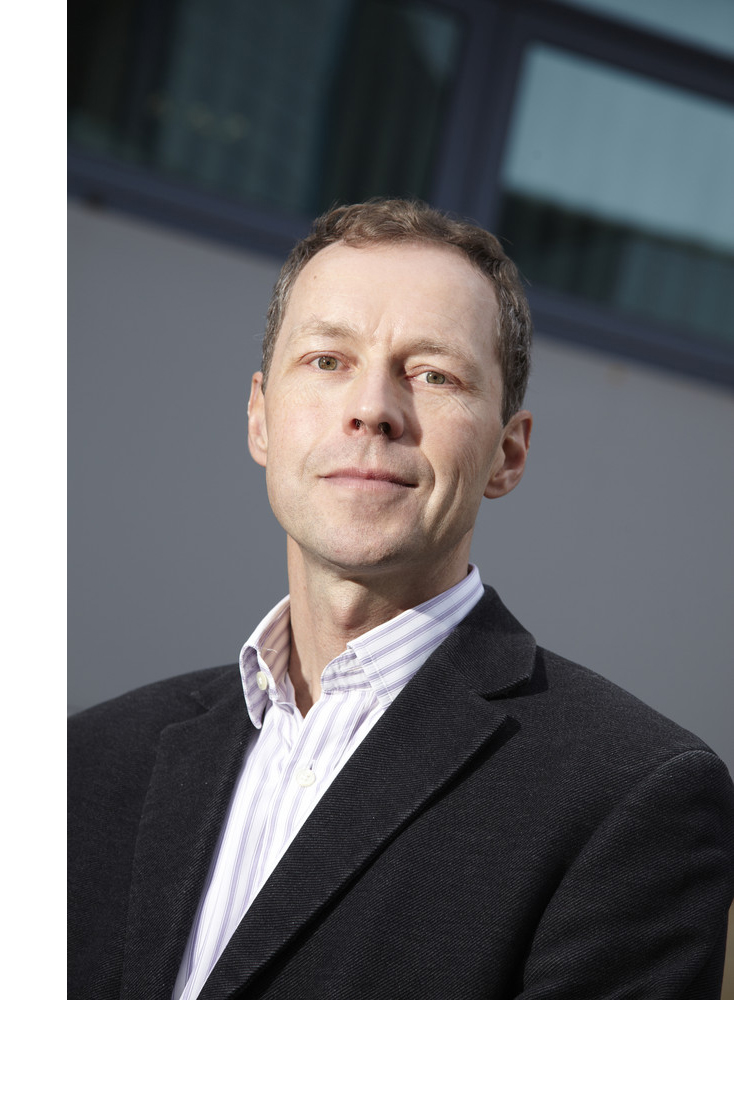
Colin Bain is a native Scot who studied Natural Sciences at Corpus Christi College, Cambridge, receiving the Norrish Prize for physical chemistry in 1983. He then crossed the Atlantic to the “other Cambridge” where he received his PhD for work with George Whitesides at Harvard on self-assembled monolayers of thiols of gold. In 1988 he returned to Christ’s College, Cambridge on a Royal Society research fellowship and set up the UK’s first sum-frequency spectrometer, in collaboration with Paul Davies, for the study of surfactants at wet interfaces. He defected to Oxford and Magdalen College in 1991 and remained there for the next 14 years, investigating a wide range of problems on the structure and kinetics of surfactant adsorption at interfaces. Technique development continued to be an important part of his research, including ellipsometry and neutron reflection from flowing liquid surfaces and total internal reflection Raman spectroscopy. From 1997-2003 he was also a Director of the Oxford Science Park – a commercial property development for high-technology companies. In 2005, Colin Bain took up a chair of chemistry at Durham University in the north-east of England. While still interested in surfactants at interfaces, his research has broadened into other areas with a particular interest in the coupling between fluid mechanics and colloids and interface science and in the physical chemistry of phospholipid bilayers. From 2008-2012 he was a Director of the Institute of Advanced Study, which is dedicated to the promotion of interdisciplinary research and dialogue. He has received a number of national and international awards including the Corday-Morgan and Tilden Prizes of the Royal Society of Chemistry, the Thomas Graham Lectureship, the Craig Lectureship (ANU, Canberra), the McBain Lectureship (National Chemical Laboratory, Pune, India) and the Lectureship Award of the Japanese Chemical Society. Like many Scots, his heart would have voted for independence but his head said No.
Michael Brenner
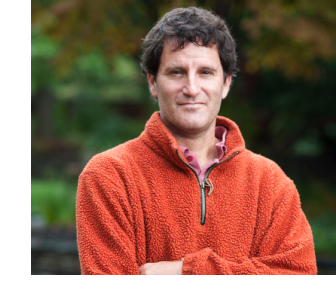
Michael Brenner got his PhD in physics from the University of Chicago, moved to MIT and taught in the math department, and has been at Harvard since 2001.
David Brutin
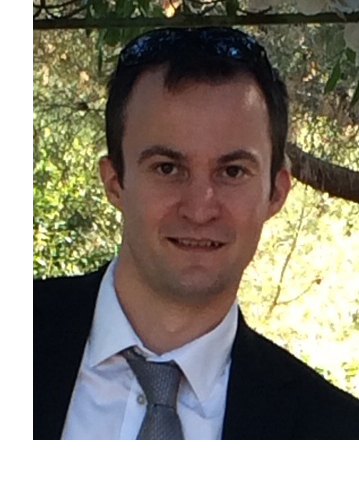
David Brutin received his M.Sc. / Engineering diploma in mechanical engineering in 2000 with a semester spent at the University of Iowa, College of Engineering. In 2003 he obtained his Ph.D. degree in mechanical engineering at the University of Provence, France. He became Assistant Professor at Aix-Marseille University, France in 2005, and Associate Professor 2009, after completing his Habilitation. In 2015, he were promoted Full Professor at Aix-Marseille University, Polytech’ Marseille and got also an excellency fellowship from the "Institut Universitaire de France » for the period 2015-2020
His work focuses on phase change heat transfer, pure and complex fluids physics (refrigerants, blood, nanofluids), soft matter, with applications in space science, aeronautics, biomedical, forensic science, and printing technology. He is author of more than 40 papers in peer reviewed journals, member of the editorial board of "Colloids and Interface Science Communications" published by Elsevier and « Interfacial Phenomena and Heat Transfer » published by Begell House. He is editor of a collaborative book, « Droplet Spreading and Evaporation » published by Elsevier.
Hans-Jürgen Butt
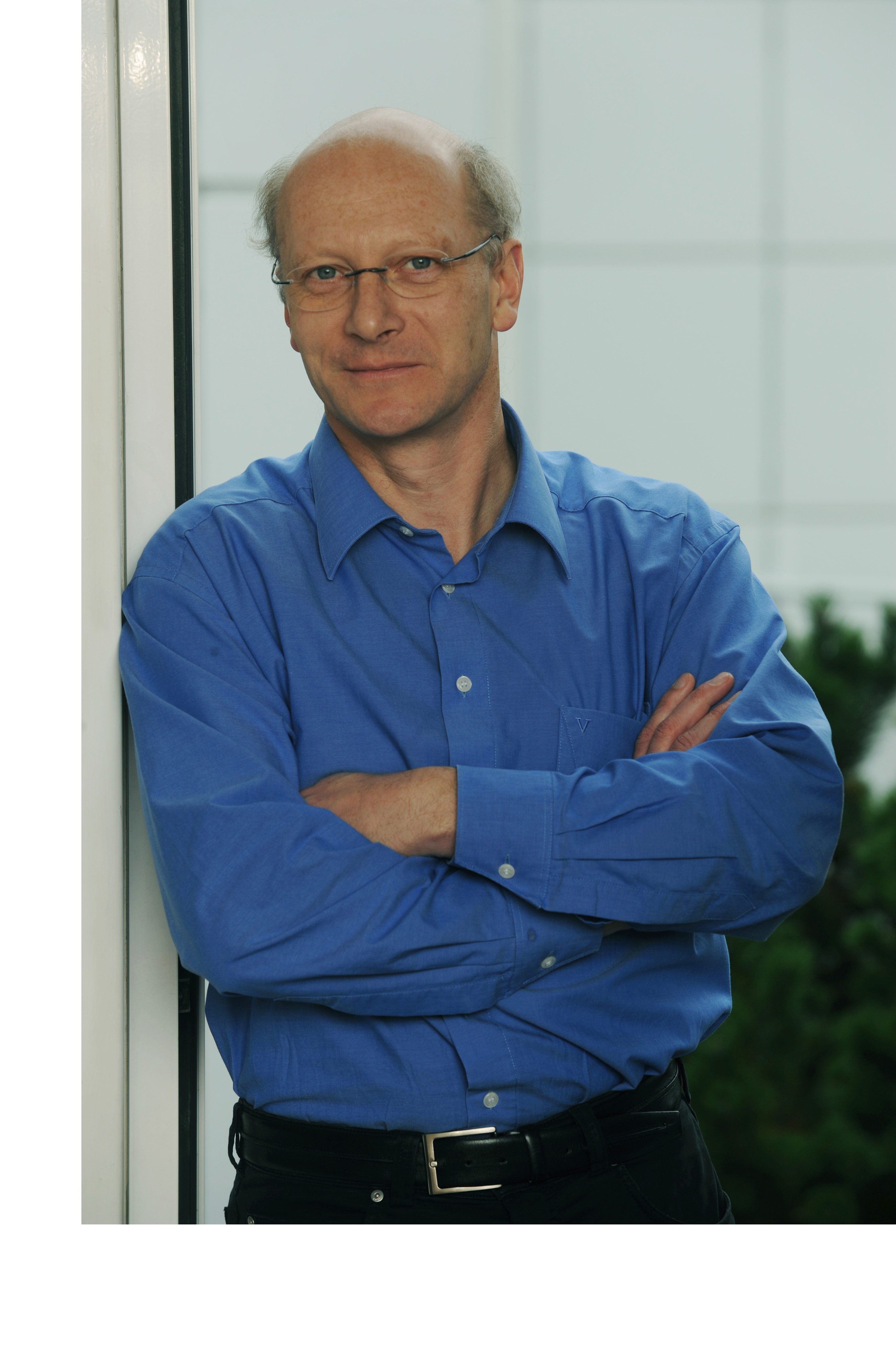
Hans-Jürgen Butt studied physics at the Universities of Hamburg and Göttingen. He received his Diploma in 1986. Then he moved to Frankfurt to work in Ernst Bamberg's group at the Max Planck Institute for Biophysics on light induced proton transport of bacteriorhodopsin. After his PhD in 1989 as a postdoc in Santa Barbara with Paul Hansma he got into contact with the newly developed atomic force microscope. From 1990-96 back in Frankfurt as a researcher he studied biological objects with the atomic force microscope. In this period the work on surfaces in particular on surface forces became a central issue. In 1996 he went to the institute for physical chemistry at the Johannes Gutenberg-University in Mainz as associate professor. There he focused on the physics and chemistry of interfaces. Three years later he joined the University of Siegen as full professor for physical chemistry. In 2002 he followed a call to the Max Planck Institute for Polymer Research in Mainz, where he is a director. His work focuses on the experimental physics of interfaces. Hans-Jürgen Butt is married and has three children.
Emmanuel Villermaux
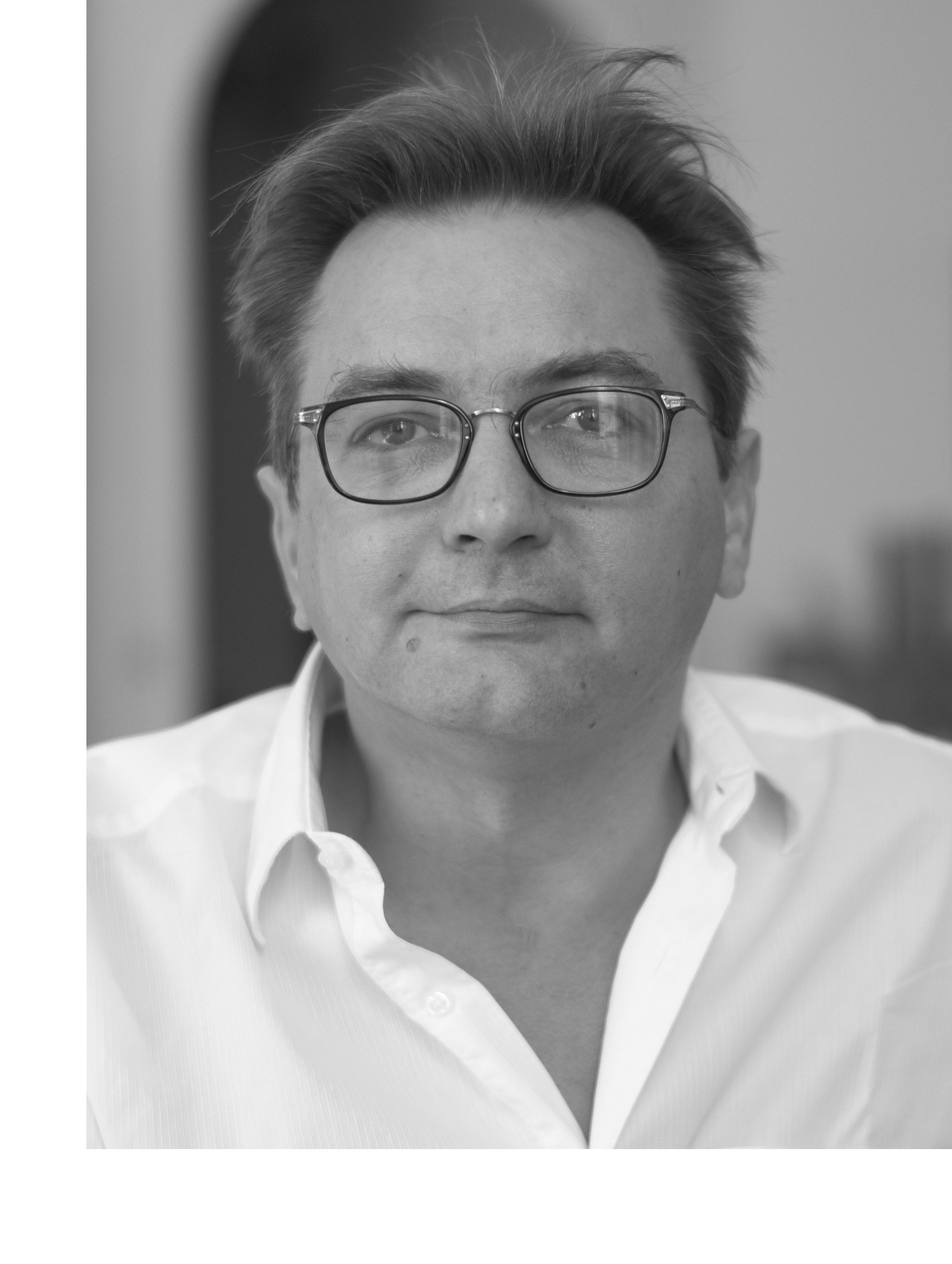
Emmanuel Villermaux received an education in engineering and physics, and completed his Ph.D from the University of Paris VI, Pierre & Marie Curie in Grenoble. He spent there six years at CNRS, obtaining his habilitation from the University Joseph Fourier, before moving to Marseille where he now holds a position of distinguished Professor at Aix Marseille University, and at the Institut Universitaire de France. His interests are in the mechanics of deformable bodies in the broad sense, from fluids to solids, with a particular taste for mixing and fragmentation. He has identified the stretched sheet as the building block of stirred scalar mixtures, demonstrated the interaction rules between nearby sheets and discovered the coarse grained scale of randomly stirred mixtures. His work on free surface flows has singled out the role played by ligaments whose dynamics builds-up the drop size distribution of sprays.
Stephen Wilson
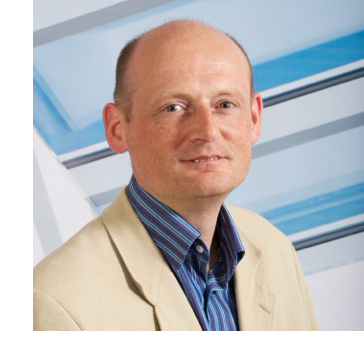
Professor Stephen Wilson holds the 1984 Chair in Mathematics at the University of Strathclyde in Glasgow, United Kingdom and has research interests in the application of mathematics to a wide range of real-world problems in fluid mechanics. In particular, he has a longstanding collaboration with Dr Brian Duffy (also at the University of Strathclyde) and Professor Khellil Sefiane (at the University of Edinburgh) on various aspects of droplets. Joint work with former graduate students Gavin Dunn (Strathclyde) and Samuel David (Edinburgh) (see, for example, Dunn et al. J. Fluid Mech. 2009) led to the award of the Institute of Physics (IoP) Printing and Graphics Science Group Prize in 2009 for their “fundamental study of droplet evaporation”. Recent work with current Ph D student Jutta Stauber (see, for example, Stauber et al. J. Fluid Mech. 2014) has focused in the lifetimes of evaporating droplets. Stephen is the Joint Editor-in-Chief (with Professor Tom Witelski, Duke University, USA) of the Journal of Engineering Mathematics, is a Fellow of the Institute for Mathematics and its Applications (IMA), and is currently a Leverhulme Trust Research Fellow. Away from work, Stephen is a keen orienteer and represented Scotland against the other Home Nations in 2012 and 2014.
Xuehua Zhang
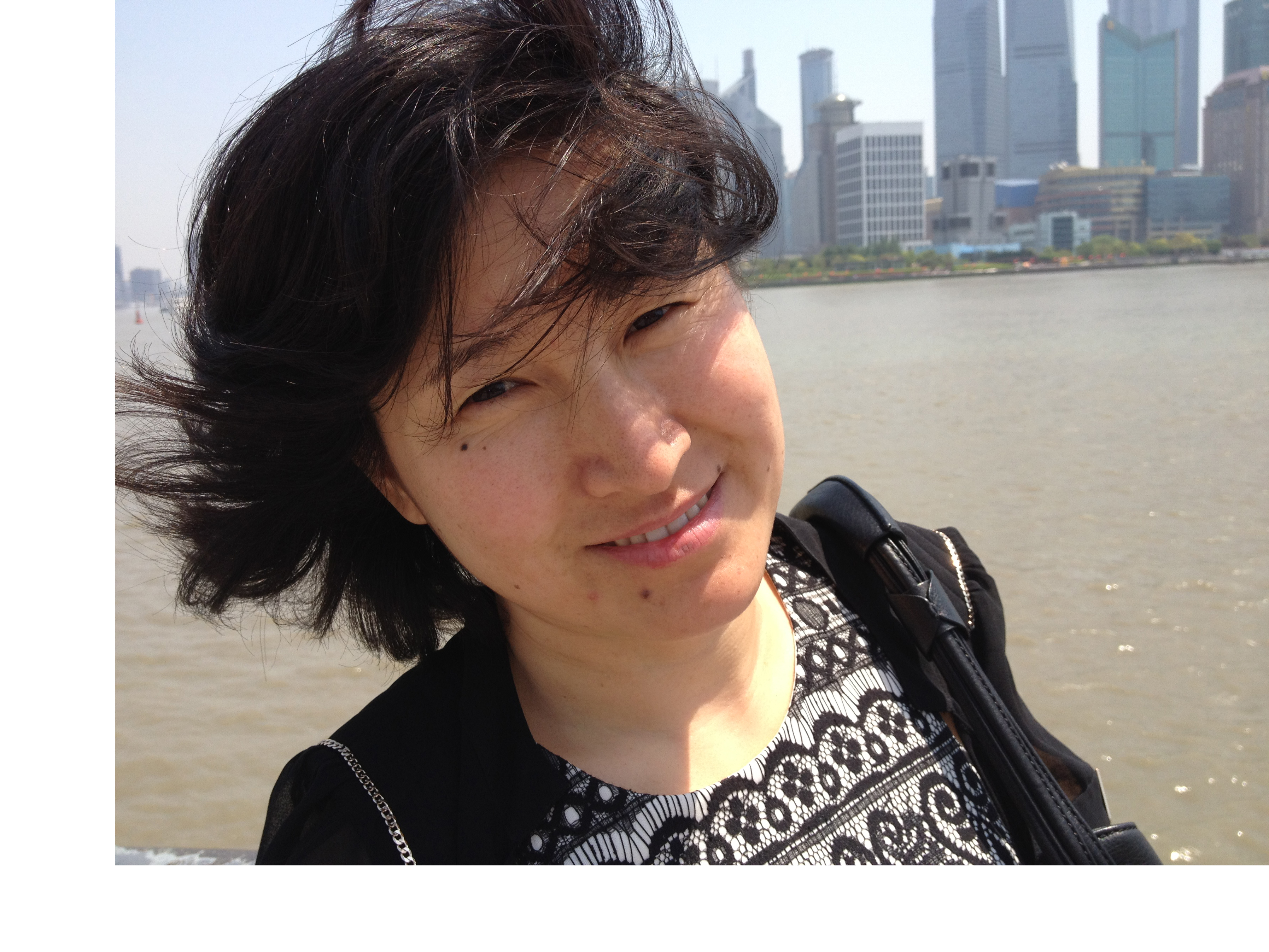
Xuehua Zhang completed her PhD in Biomedical Engineering at Shanghai Jiao Tong University at end of 2004. Her PhD thesis was on nanobubbles at solid-water interfaces. After her PhD, she first worked as an Endeavour Research Fellow with Prof. Vincent Craig at the Australian National University (Canberra) and then with Prof. William Ducker at University of Melbourne. From 2009 on, she led her own research group, working on nanobubbles and nanodroplets, supported, among others, by Australian Research Council Fellowships. In 2012 she spent her sabbatical at the University of Twente. From July 2014 on she joined the staff of RMIT University in Melbourne as an Associate Professor and in October 2014 she was also appointed as a part time professor at University of Twente.